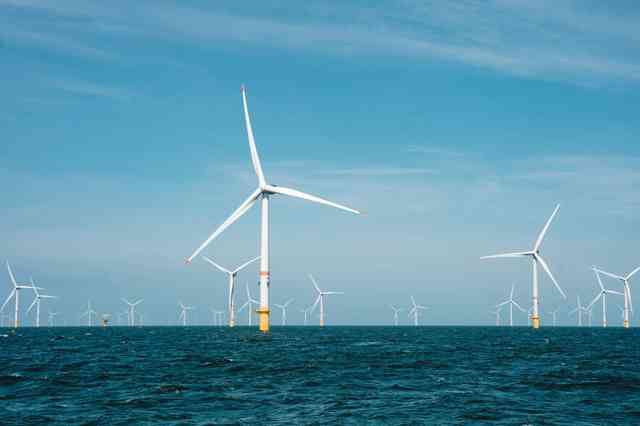
Challenge
Managing Offshore Wind Energy Misinformation Concerns
Applied Ethics Strategies:
Building TrustIntroduction
A coastal city is evaluating a partnership with a renewable energy developer to build an offshore wind farm comprised of 70 turbines, projected to generate enough power for hundreds of thousands of homes. The proposed project would require an estimated $4.2 billion investment over the next five years, with most of the funding allocated during the initial construction phase. While many residents expressed broad support for clean energy and welcomed the potential benefits for the local job market, a growing number voiced concerns about the city’s financial contribution to the project and long-term priorities. A coordinated social media campaign began spreading misleading comparisons to past infrastructure failures, using selective or inaccurate claims that fueled public opposition to the wind farm. City officials became uncertain whether the project would garner enough public backing, despite ongoing calls from community leaders to address air quality and health disparities through cleaner energy sources.
How could applied ethics address this challenge?
To build public trust and counter misinformation about the wind farm’s cost, the city council launched a pre-bunking campaign—messaging to counter false claims before they spread—that proactively explained the project’s financial structure, emphasizing long-term public health and economic benefits. The campaign included clear, accessible communications developed in partnership with trusted community figures, such as faith leaders, neighborhood advocates, and local media. These messengers helped improve media literacy and shared evidence-based information about the project’s expected impacts. In parallel, city officials acknowledged past infrastructure failures and outlined corrective measures, including opening the project’s budgeting process to community input and co-design. Together, these efforts aimed to demonstrate accountability, strengthen institutional credibility, and align the project with residents’ long-term interests.
Questions to consider
How can the financial details and projected outcomes of the project be communicated in a transparent, accessible, and non-misleading way?
How can city governments ensure that participants in co-design budgeting processes have access to clear, accurate, and timely information to make informed contributions?
What implementation challenges are you aware of where applied ethics strategies could help?
Submit a challenge
Sorry, your browser doesn’t supported our embedded forms. Please use this submission form instead.